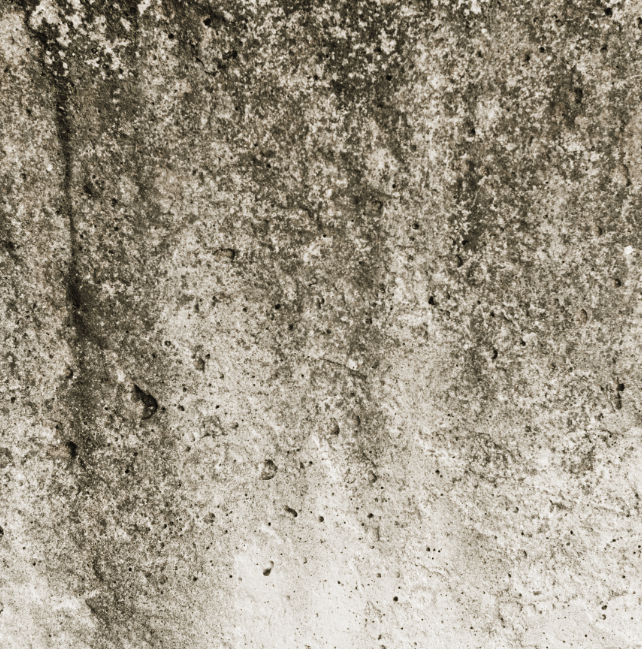Dampness Inside a Property
Dampness is a common issue for occupants and buyers of older buildings. Property dampness can easily be identified by our expert surveyors. Although it can be difficult to completely eradicate, with the correct precautions from experts, dampness can be managed effectively with the correct procedures.
An expert local surveyor with extensive knowledge of dampness, condensation and ventilation issues is strongly recommended when buying an older property in Greater Manchester. This will assure that the correct inspections are carried out, preventing you from missing a potential costly defect in the building.
Dampness can not only be a health concern for property occupants, but it can have a detrimental impact on the structure of the occupants’ property. If you do suspect dampness in your home or in the building you want to buy, do contact a surveyor to assure that the correct measures are taken before allowing the problem to become significantly worst and, in turn, more costly.

Greater Manchester Surveyors
When you spot dampness or condensation among the walls of your property, assure that you can pinpoint the root cause of this occurrence. If you are unable to exact the root of the problem, it is advised that you bring in a surveyor to carry out an expert inspection of the property. From there, our surveyors will be able to guide you in the right direction regarding maintenance and repairs.
Causes of dampness can be down to such things as poor ventilation. The last thing you want after buying a new home is to be faced with expensive repairs, so it is worth investing the time into having this expertly inspected by a professional.
However, if you are already settled and happily living in your home but have noticed dampness and condensation, do not worry. Our team of expert surveyors are always available to be contacted and will happily help you find and resolve any worries you have about your home.
Risk Of ‘Rising Damp’ and Condensation

Rising dampness can be mistaken for raised external ground levels being caused by penetrating. A lack of ventilation, bad insulation and refusal to open windows and air out the property can lead to a significant problem in condensation on walls and windows.
Black mould and fungus are serious health concerns when they become present in a property, and they can be a symptom of dampness within a home.
Breathing in mould spores too often can cause eczema, coughs through an irritated respiratory system and painful rashes.
The growth of mould spores can increase rapidly if not dealt with, which is why it is encouraged that you do not just temporarily remove the mould but allow a professional, expert surveyor to investigate the root cause of its presence.
How To Treat Dampness
Our expert surveyors discovered a good remedial technique is to strip non-breathable gypsum plaster and then to re-plaster using a lime-based or breathable plaster. This can be effective in assuring that moisture is released from the wall as opposed to the usual techniques used by many companies, which involve injecting walls with chemicals- this tends to be substantially ineffective.
It is an assuredly great practice to use breathable decorative materials such as mineral paint and lime wash on your walls and regularly ventilate your home. It is commonly assumed that cement render is a good protective measure for your walls, however, moisture can easily become trapped and masonry paint can deteriorate at an accelerated pace. So it is best to always take care to use breathable materials and be careful not to use materials as protection which could assist in worsening the structure of your home.
Ventilation through opening windows is an effective way to avoid a build-up of dampness and condensation. If you are having problems with effective window ventilation but are not able to replace your windows, it is advised that you install an extractor fan to control humidity- these are most effective when installed in bathrooms and kitchens. However, if you can replace your windows, you can add trickle ventilation during the process which further helps to ventilate and protect your home.
Another ventilation root is through subfloor voids. In older properties, it is often found that these were installed at much lower ventilation levels than buildings are now installed with.
Commonly, our expert surveyors will assess that floor levels are too high, externally. This circumstance causes surface water and moisture to rise into the walls and eventually lead to the rotting of the internal joinery due to excessive dampening.
If you are concerned with dampness within your home or a property you want to buy, please feel free to contact a member of our expert UK surveyors today for expert advice and assistance.